A Peek into Thailand’s Hottest Star’s World: 10 Facts You Should Know About Freen
Get an exclusive peek into the world of Freen Sarocha: uncover 10 facts ...
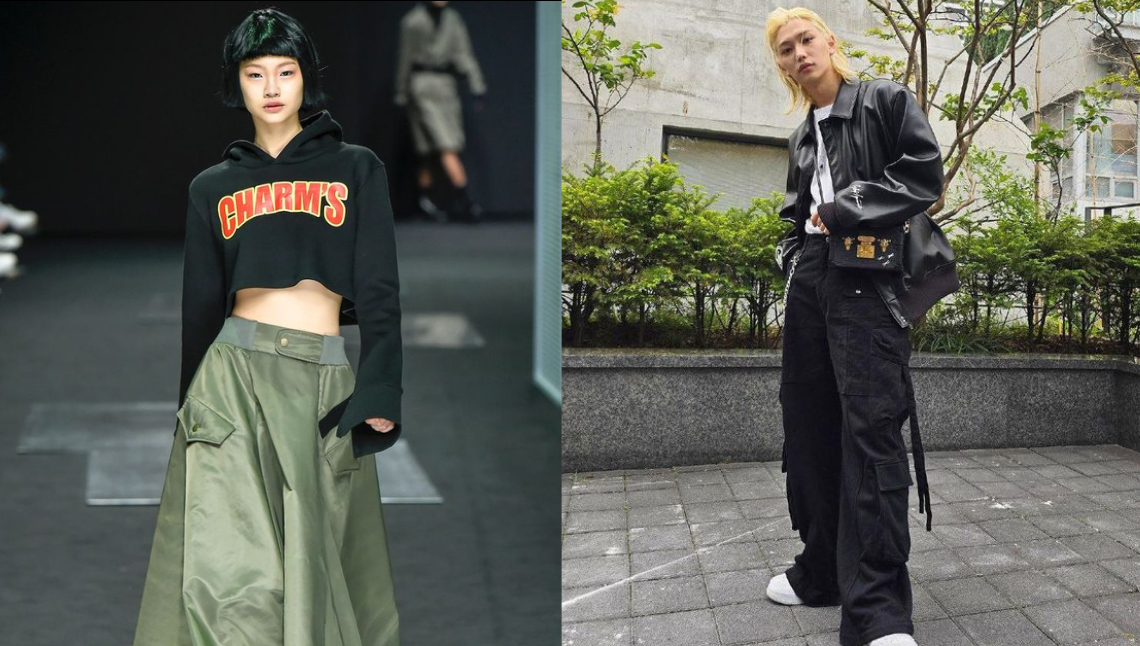
Gone are the days of attention-grabbing trends; this year marks a glorious return to understated elegance that speaks volumes in hushed tones without trying too hard. From the neon-lit alleys of Seoul to the sun-drenched boulevards of Los Angeles and the lively multicultural scene of downtown Bangkok, Acubi transcends borders, uniting diverse styles in a beautiful dance of self-expression. It proves that sometimes the softest voices carry the most powerful messages. Acubi celebrates individuality and self-expression. In a world of fast fashion, it invites wearers to curate their style with intention, reminding us that it’s not just about matching pieces but creating cohesive looks that resonate.
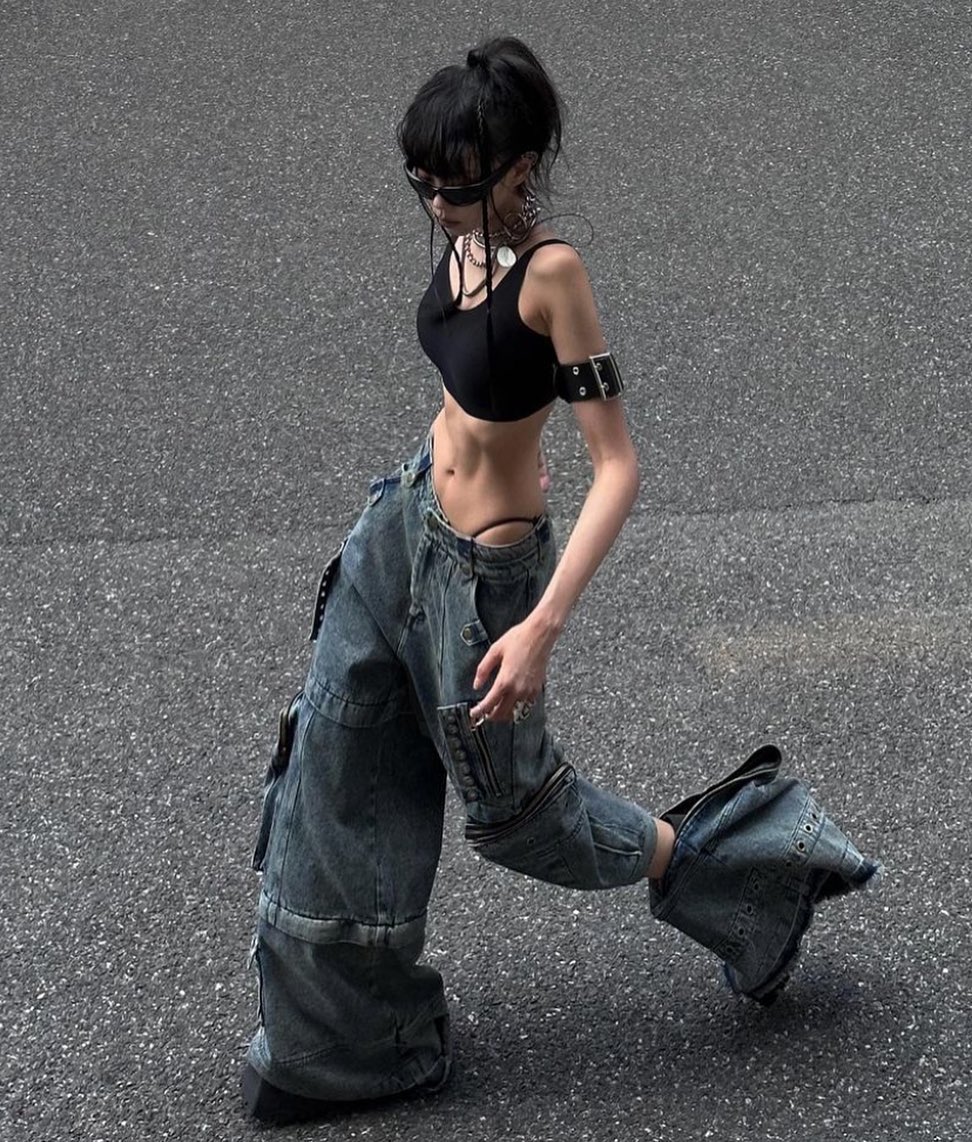
Credit: Courtesy of Cubi.Aisle
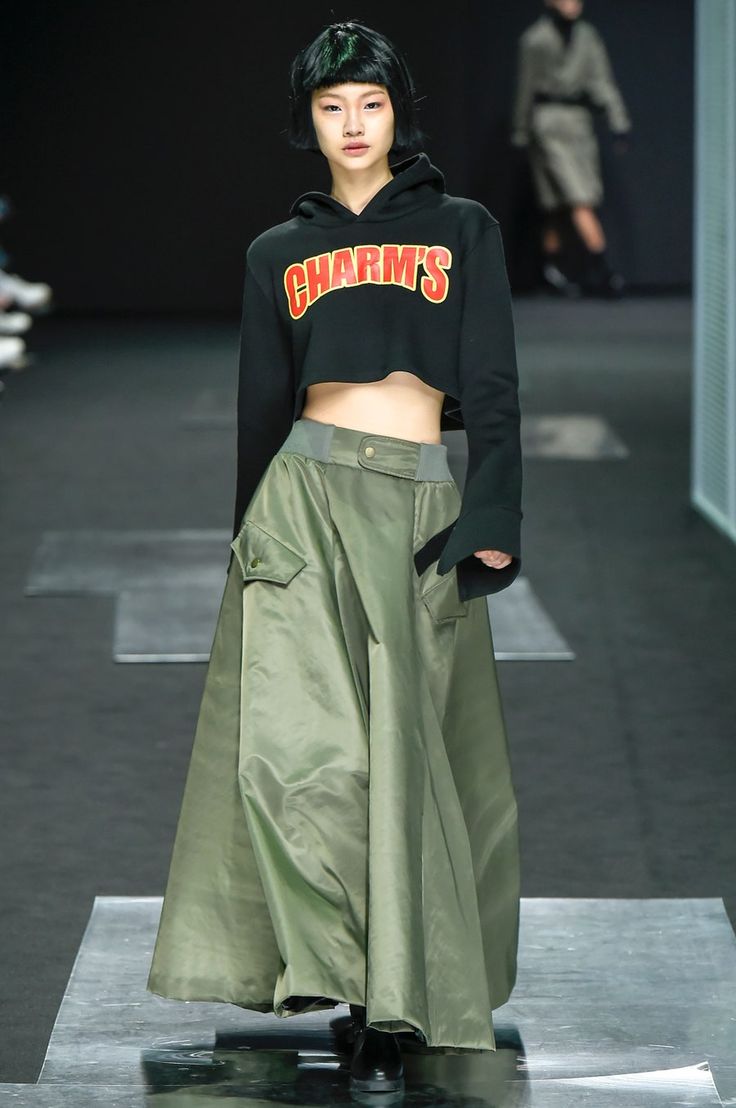
The origins of Acubi fashion can be traced back to the vibrant streets of Seoul, South Korea. In the early 2010s, a captivating style began to take shape among the youth, defined by oversized silhouettes and a playful fusion of high-end luxury with streetwear chic, complemented by striking accessories. This aesthetic swiftly exceeded borders, leaving its mark on other major Asian hubs like Tokyo, Bangkok and Shanghai. Each city added its unique brushstrokes to the canvas of style, infusing the trend with distinctive nuances that celebrate cultural diversity and individuality, creating a stylish mosaic that reflects the essence of its wearers.
Key elements of Acubi style include:
Oversized proportions: baggy pants, voluminous jackets and chunky sneakers
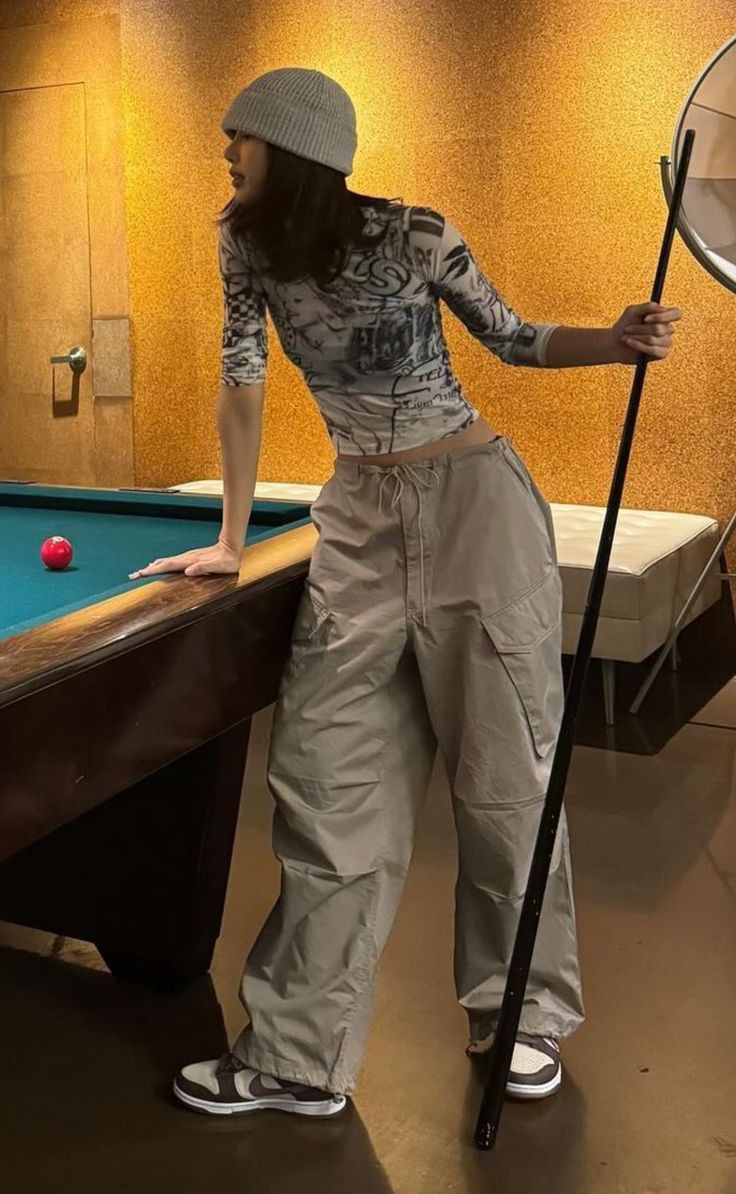
BlackPink’s Lisa styling in oversized proportions
Vibrant colour palettes: neon hues and unexpected colour combinations
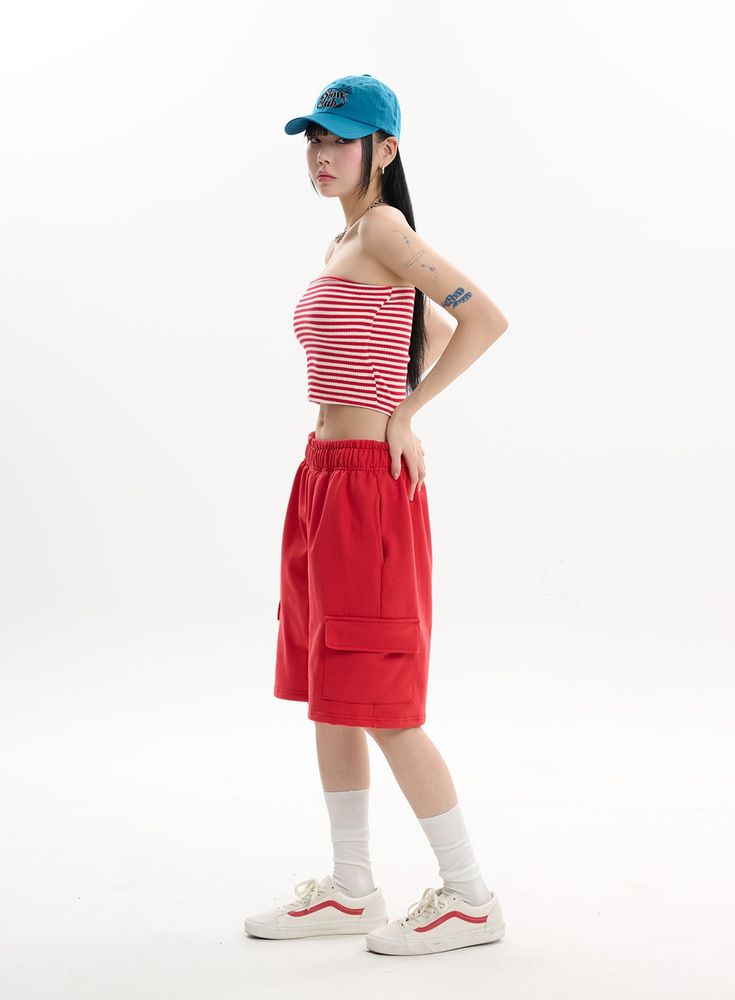
Lewkin’s colourful collection inspired by Acubi aesthetics
Eclectic layering: mixing textures, patterns and seemingly disparate pieces
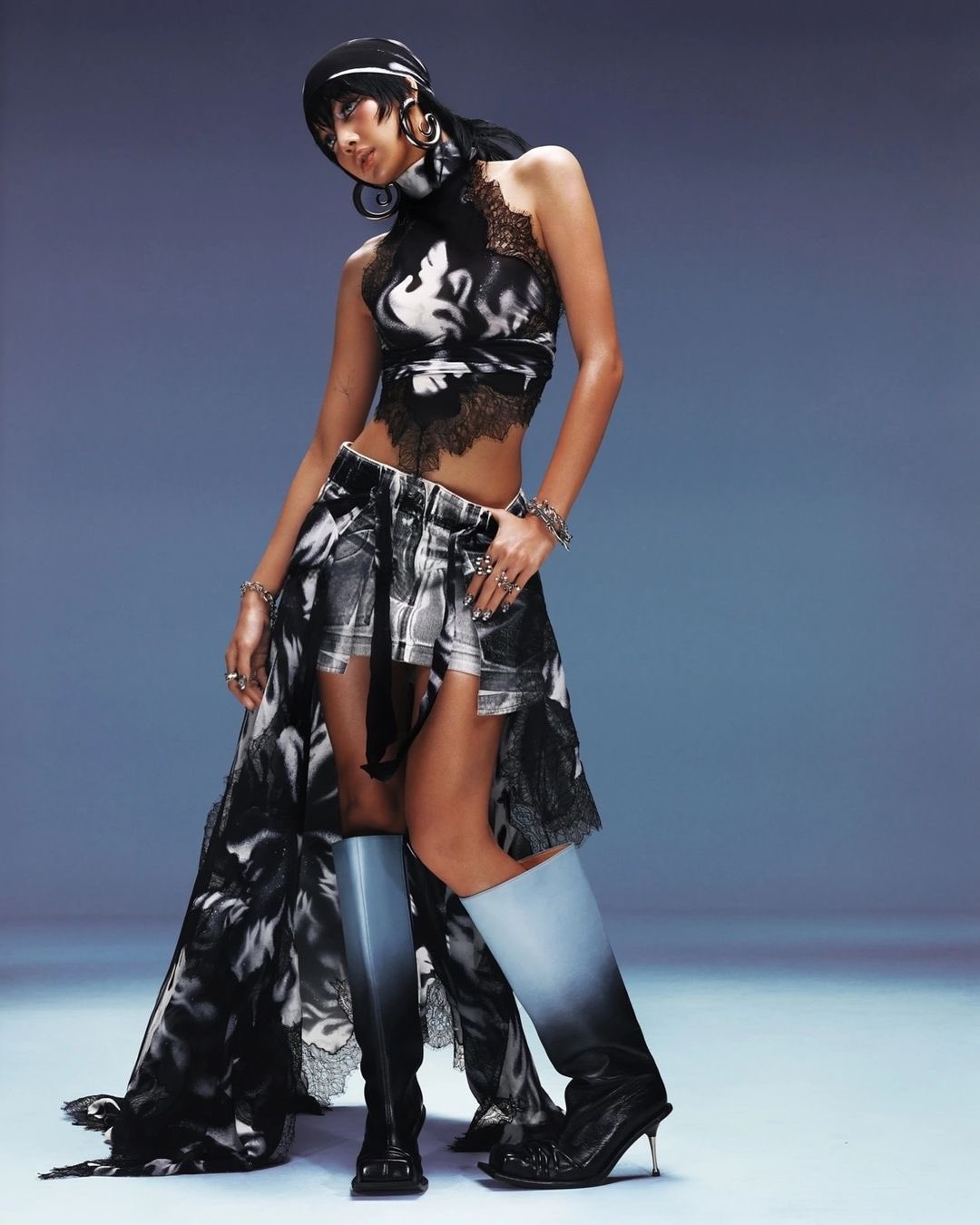
Lisa in her Rockstar solo comeback
Logomania: Prominent display of brand names and graphics
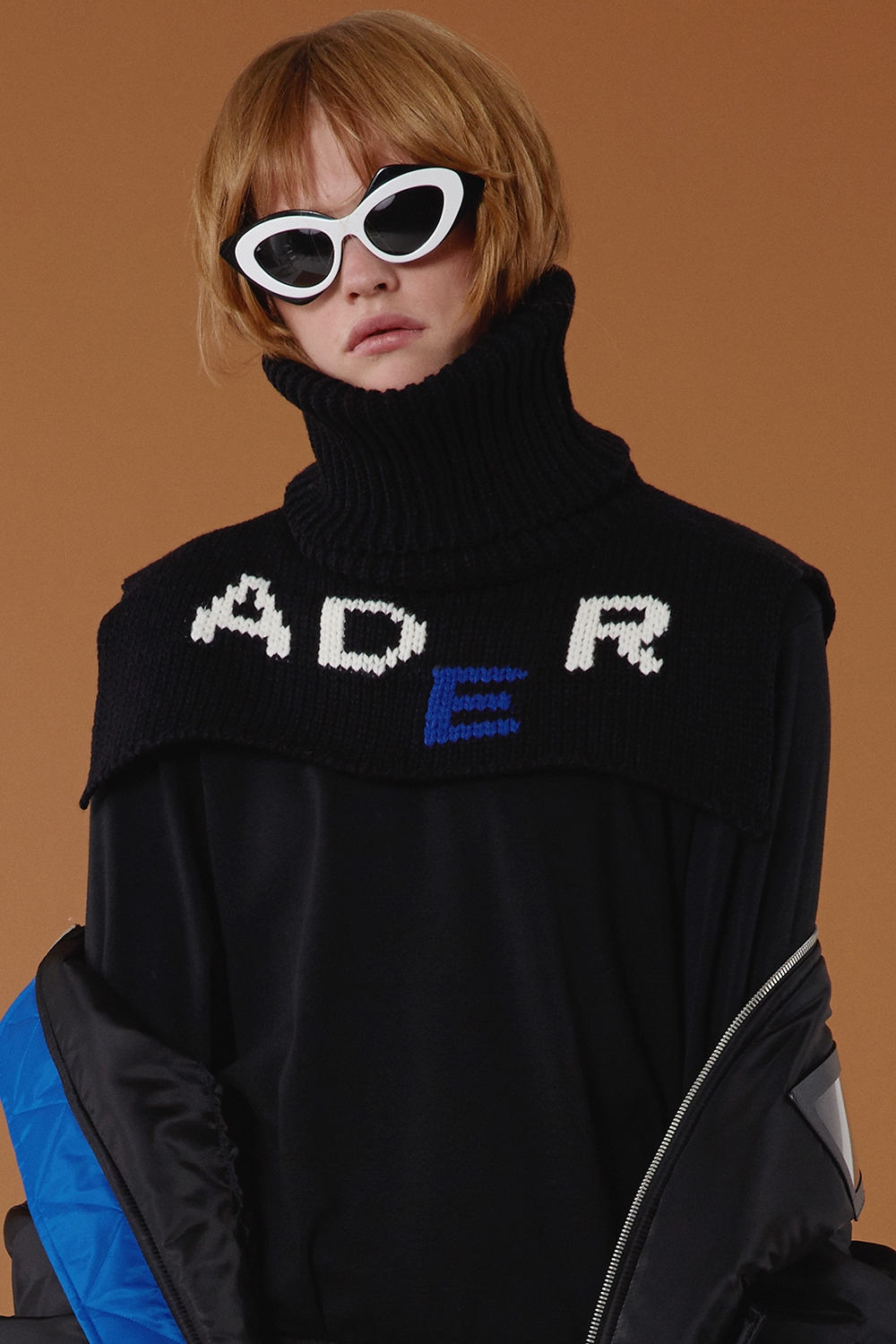
Korean street brand ADER Error incorporates elements of the Acubi style
Accessories as focal points: statement bags, chunky jewellery and elaborate hair accessories
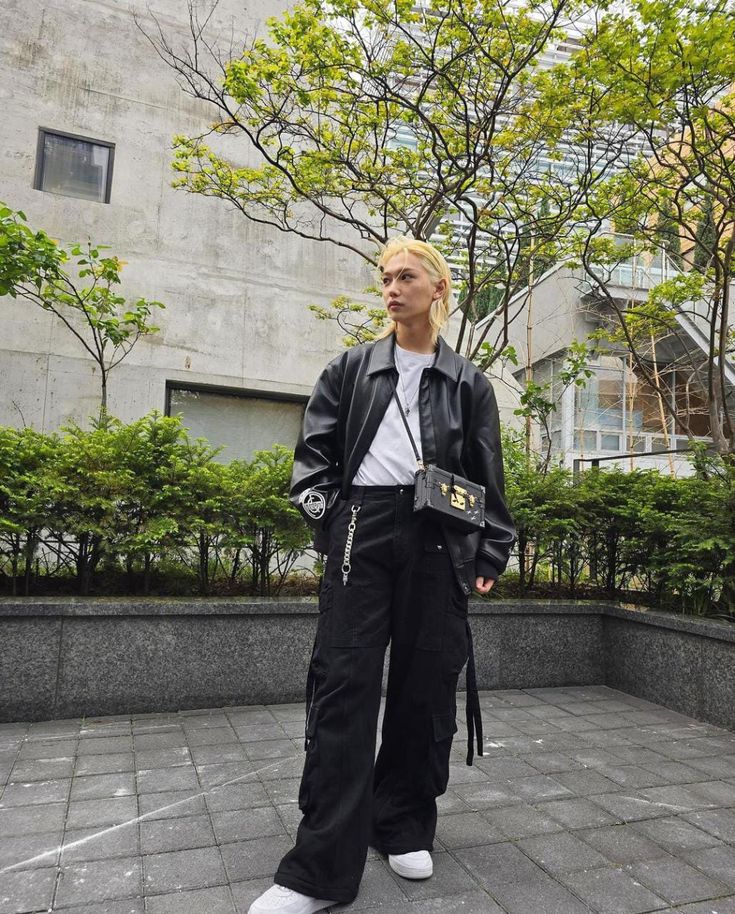
Stray Kids’ Felix uses a purse as the focal point of this Acubi-inspired outfit
Beyond this, as social media powerhouses like Instagram and TikTok soared in popularity, Acubi fashion effortlessly captured a global audience. Influencers and street style photographers became key players in propelling this aesthetic beyond Asia, attracting the gaze of prestigious fashion houses and retailers around the world.
What started as a localised trend has now gracefully infiltrated wardrobes worldwide, proving that this fashion trend knows no borders. Even the luxury elite is taking note, with iconic houses like Balenciaga and Gucci weaving Acubi elements into their collections.
The allure of Acubi fashion lies in its masterful translation of youth street culture into chic, wearable pieces that are anything but basic. It offers a refreshing alternative to the minimalist aesthetics that dominated the 2010s, inviting greater self-expression and individuality. After all, why blend in when you can stand out in style?
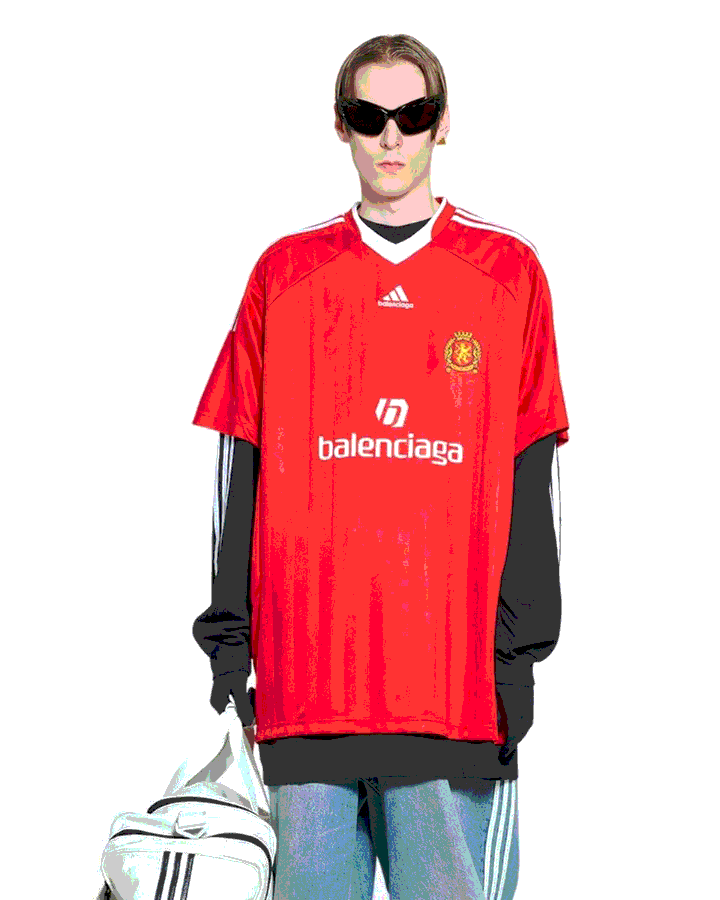
Balenciaga’s football jersey collection features an Acubi twist on classic sportswear.
Chic Proof of Acubi’s Global Footprint:
New York Fashion Week: At the Spring/Summer 2024 New York Fashion Week, designers like Peter Do showcased collections with clear East Asian street-style influences. His show featured sharp tailoring mixed with oversized, androgynous silhouettes reminiscent of Seoul’s streetwear scene and Acubi elements. Similarly, Dion Lee, another prominent designer, incorporated layered, deconstructed pieces and minimalist, functional designs that align with the Acubi aesthetic, focusing on muted colours and relaxed fits, mirroring the understated vibe of East Asian fashion.
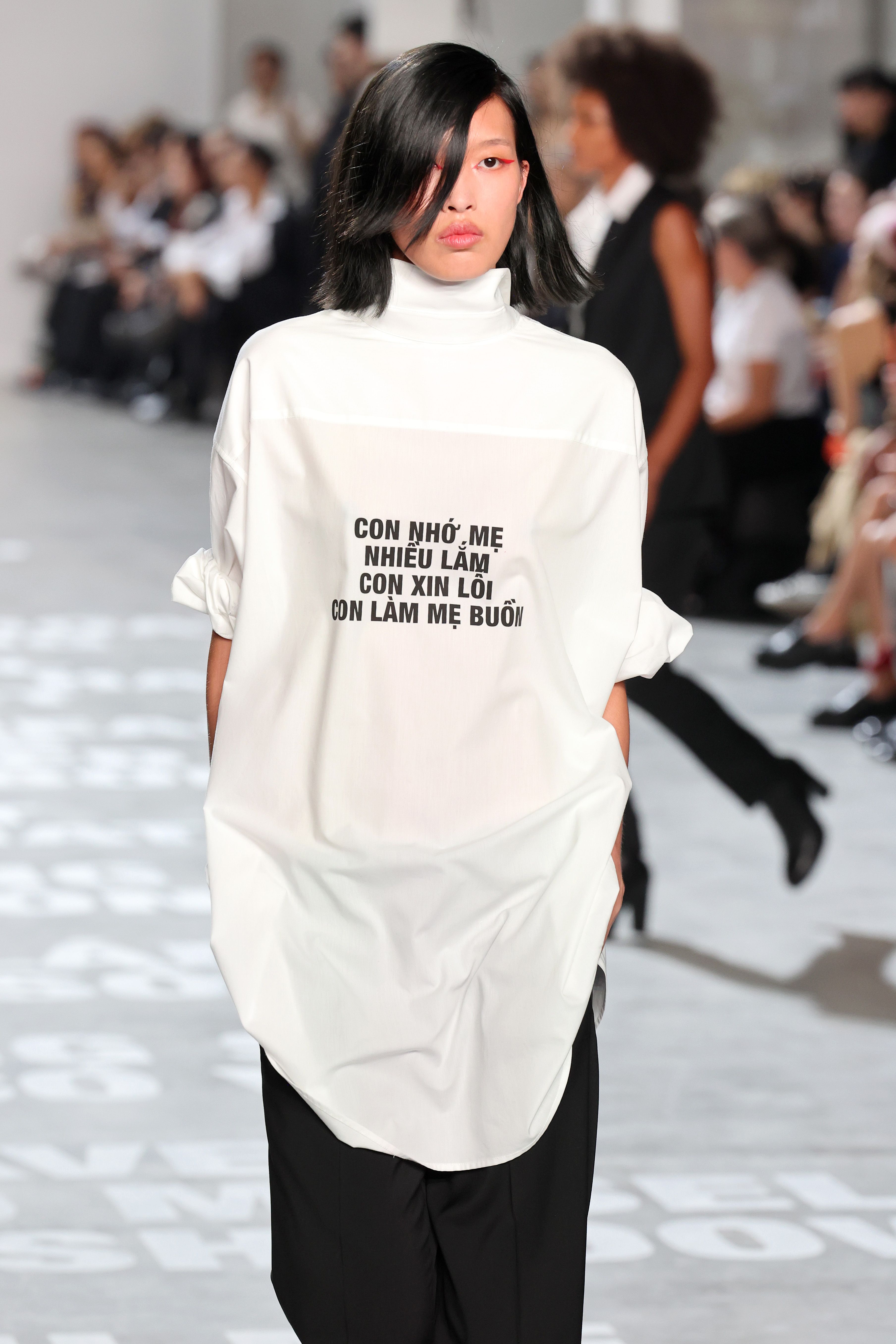
European Retail: In department stores like Selfridges in London, Harrods and Galeries Lafayette in Paris, entire sections are dedicated to Acubi-inspired brands such as ADER Error, We11 Done and Ambush. These brands offer a curated selection of oversized coats, slouchy trousers and monochrome outfits, which are central to the look. Stores have even hosted pop-up events featuring Acubi-influenced collections, catering to the rising demand for the minimalist yet street-style-centric look associated with the aesthetic.
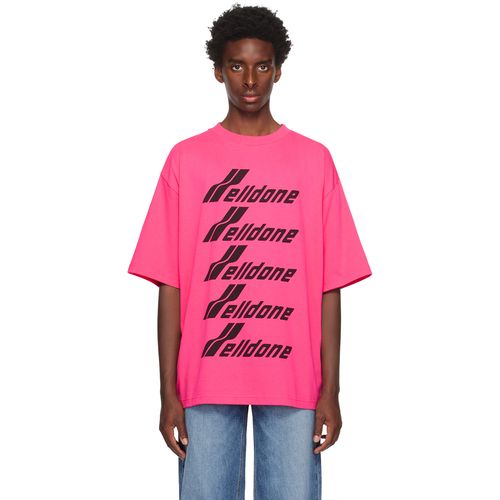
Celebrity Endorsements: K-pop star Jennie Kim of BLACKPINK has frequently embraced the trend, notably in her collaboration with Calvin Klein, where she wore oversized denim jackets, relaxed tees and minimalist outfits that reflect Acubi’s focus on simplicity. Western celebrities like Billie Eilish have also adopted Acubi-inspired looks; she often wears loose clothing in muted tones, blending comfort and streetwear— the key elements. Additionally, Taeyong from NCT is often seen wearing oversized hoodies layered with sleek accessories, amplifying the Acubi streetwear vibe in his music videos and social media posts.
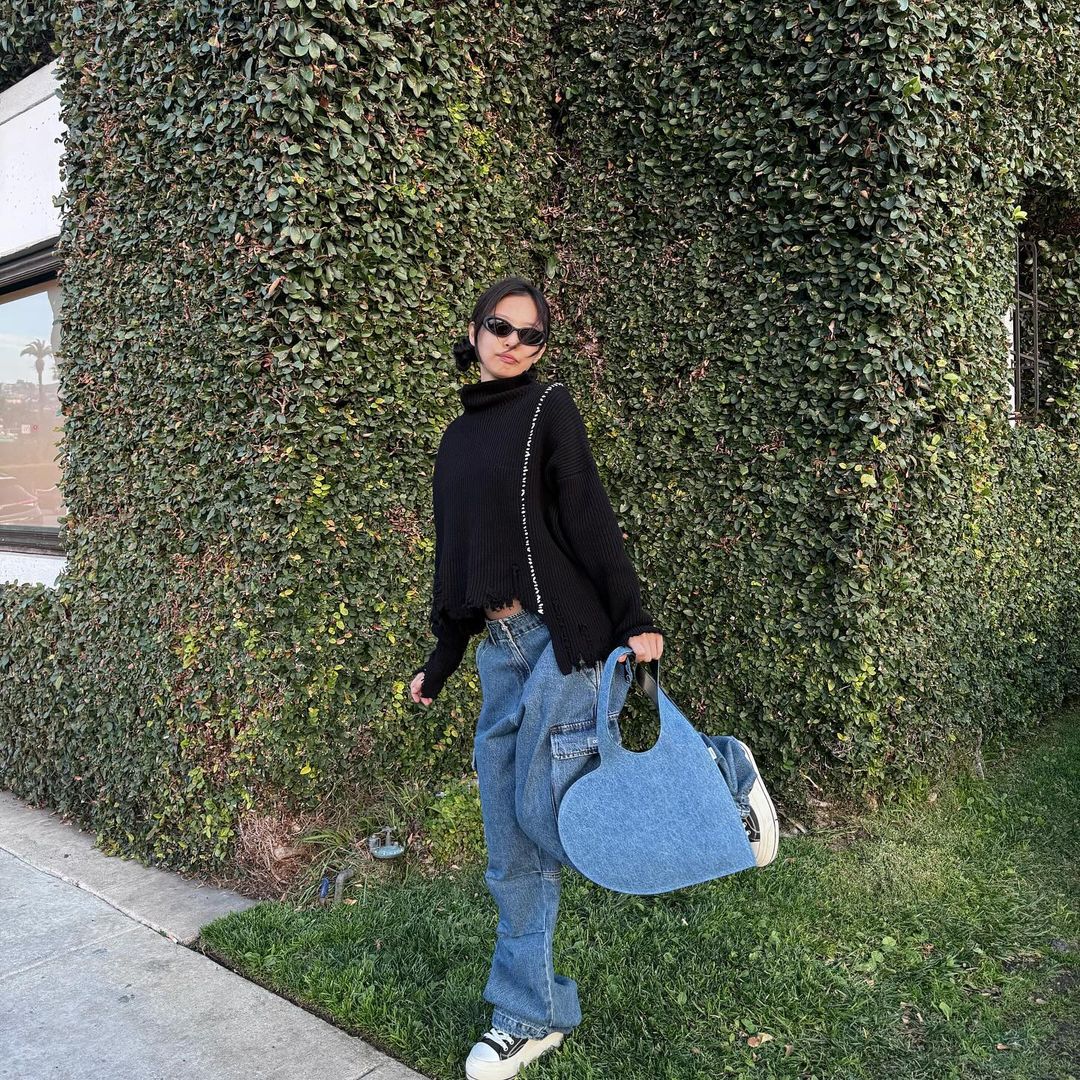
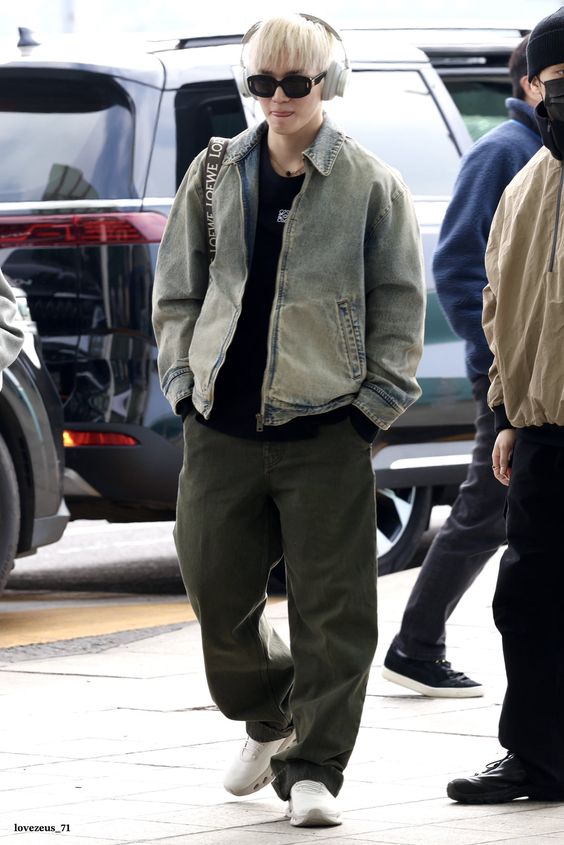
The rise of Acubi fashion has had a significant impact on how we shop and consume fashion. Some key changes include:
Statement Pieces & Accessory-Driven Styles
As the fashion landscape evolves, the increased demand for statement pieces is impossible to ignore. While Acubi fashion is rooted in the art of understatement, one bold item is now a must-have for every wardrobe. Consumers are embracing the allure of eye-catching pieces that spark conversation and creativity. It’s all about striking the perfect balance between subtlety and extravagance—because who says you can’t turn heads while keeping it low-key?
This shift in style goes hand in hand with an accessory-driven approach to fashion. There’s a heightened emphasis on bags, shoes and jewellery as key focal points of any outfit. Think of them as the finishing touches that elevate your look from ordinary to extraordinary. In this world of sartorial sophistication, it’s the statement accessories that truly set the tone—after all, a killer pair of shoes can make even the simplest outfit sing.
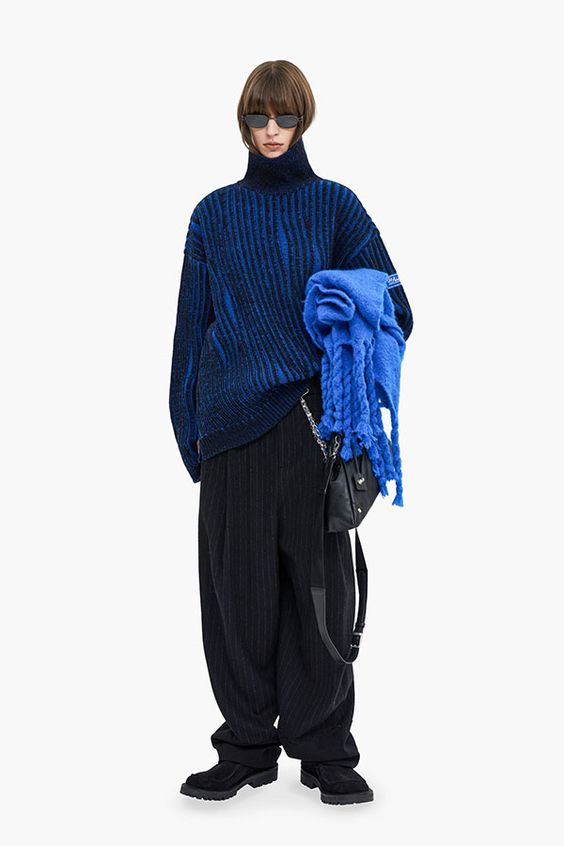
Oversized Proportions & Cross-Cultural Inspirations
We’re also witnessing a refreshing shift in sizing preferences, with oversized fits breaking free from traditional norms. The trend of pairing big pants with small shirts—or vice versa—challenges conventional sizing, allowing for playful combinations that redefine what it means to be stylish. Adding to this fashion renaissance is the growing interest in cross-cultural inspiration, particularly from East and Southeast Asia. With this fusion of global influences, fashion enthusiasts are continuously exploring new horizons, proving that style knows no borders.
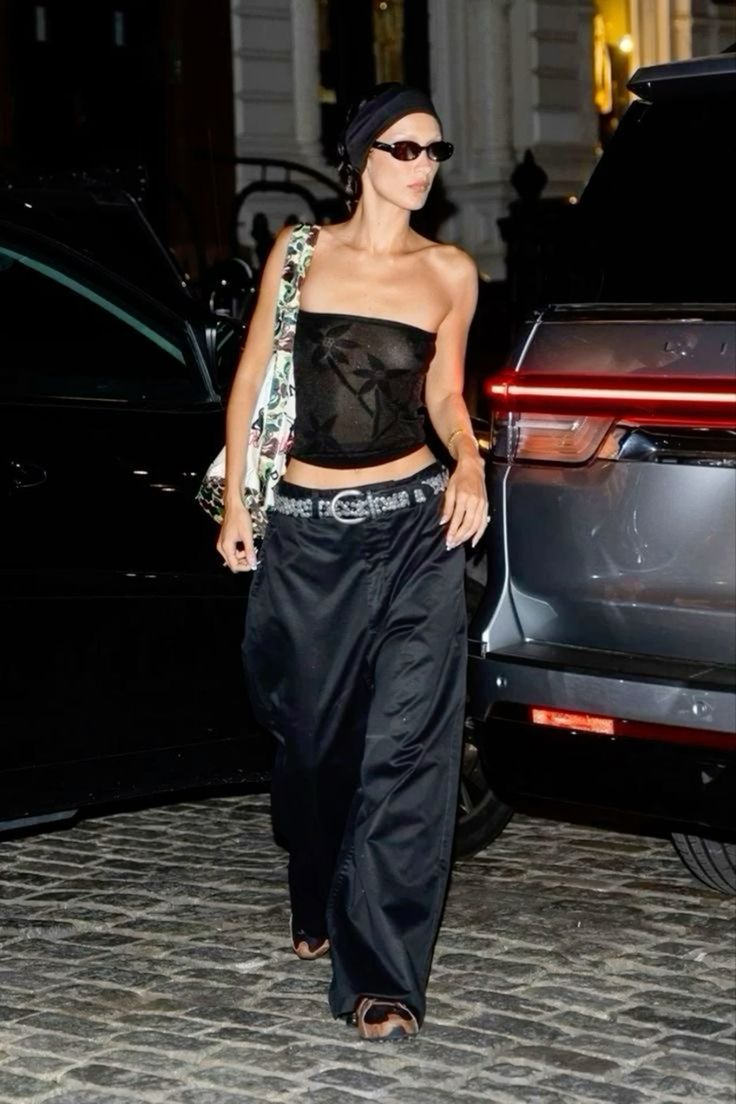
Bella Hadid sports a small top and big pants combo, incorporating Acubi elements
While Acubi fashion has undeniably breathed fresh life into the industry, it hasn’t escaped criticism, particularly when it comes to sustainability and ethical consumption. Its fast-paced, trend-driven nature—centred on statement pieces and ever-evolving looks—can fuel overconsumption and textile waste. Detractors argue that Acubi’s popularity has amplified some of the fashion industry’s biggest environmental concerns. As brands race to churn out the latest Acubi-inspired pieces, the fleeting life cycles of these trends contribute to environmental strain. Additionally, global supply chains inflate the industry’s carbon footprint due to production and shipping across continents.
But not all hope is lost. A growing number of designers within the Acubi space are taking steps toward a greener future. From using recycled materials in sneakers and accessories to adopting made-to-order models that cut down on overproduction, there’s a movement brewing. Some brands are even partnering with sustainable fabric innovators, while others are focusing on crafting higher-end Acubi pieces built to last. Yet the question lingers: Can Acubi fashion strike the balance between sustainability and staying true to its fast-paced, trendsetting roots? Only time—and the next collection—will tell.
In the ever-shifting realm of fashion, whether Acubi remains a trendsetter or morphs into something fresh, its impact on our wardrobes and consumption habits is undeniable. By positioning East Asian fashion trends alongside Western-centric styles and igniting essential conversations about sustainability, Acubi has undeniably made a stylish mark on the fashion landscape.
What’s crystal clear is that Acubi fashion has unlocked new avenues for self-expression and cultural exchange, empowering a bold new generation of designers and consumers to redefine style in the 21st century. Now, the ultimate test of its legacy will be its ability to strike a perfect balance between innovation and responsibility.
Get an exclusive peek into the world of Freen Sarocha: uncover 10 facts ...
In a cinematic landscape saturated with remakes, reboots and sequels, you might ...
These top 5 barber shops in Bangkok are where gentlemen can elevate ...
While traditional TV shows are serving us endless boy-meets-girl tales. Thailand has ...
Pets, as cherished members of our families, deserve rights and protections that ...
The internet makeup obsession straight out of Bangkok’s streets! Thai makeup zeroes ...
Wee use cookies to deliver your best experience on our website. By using our website, you consent to our cookies in accordance with our cookies policy and privacy policy